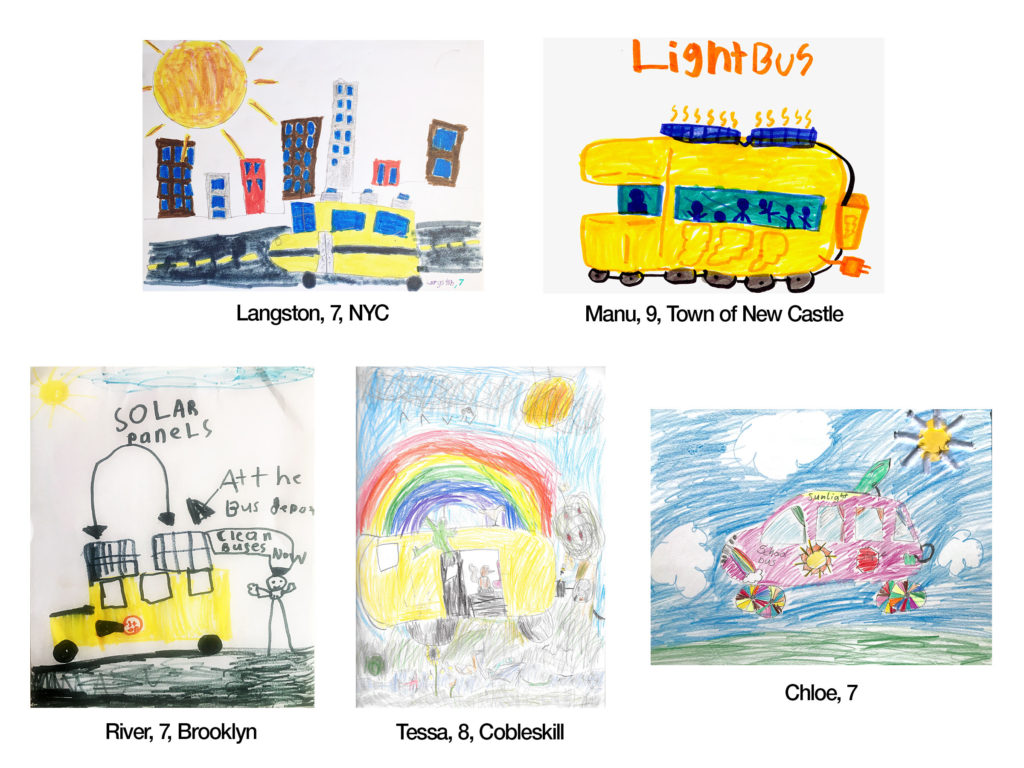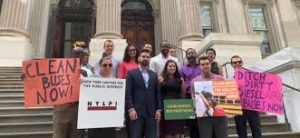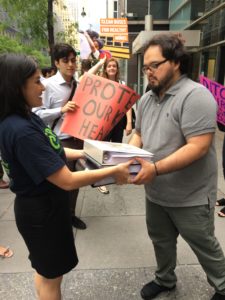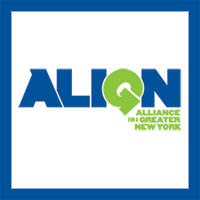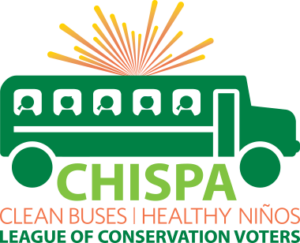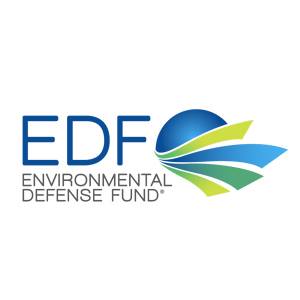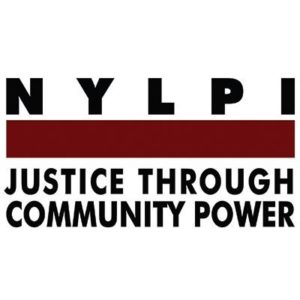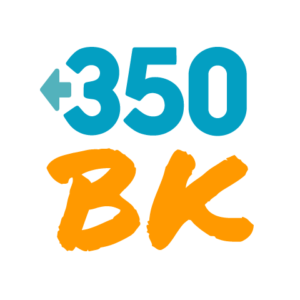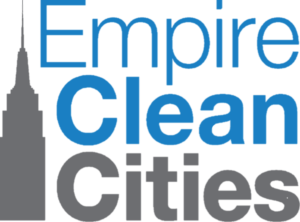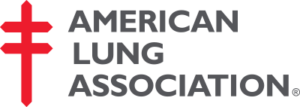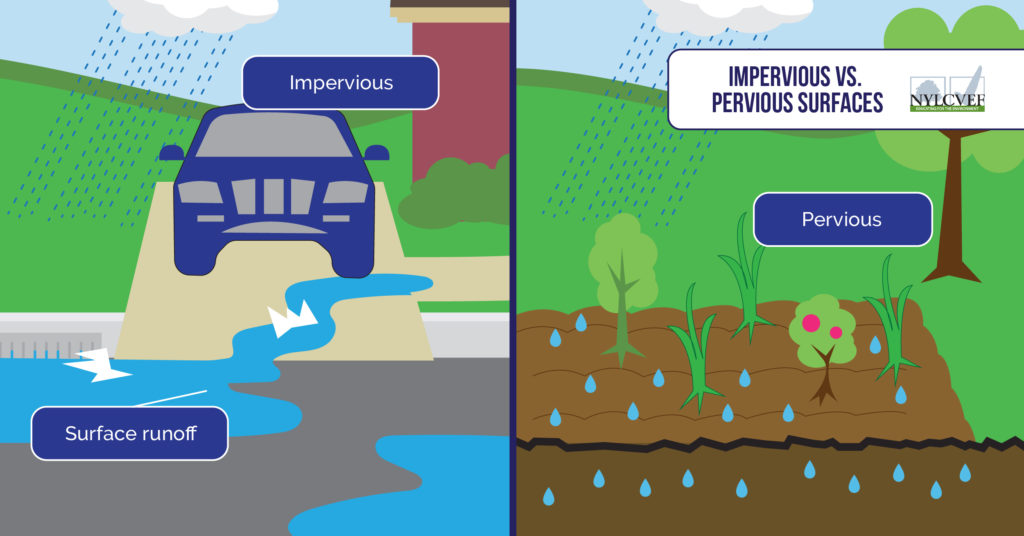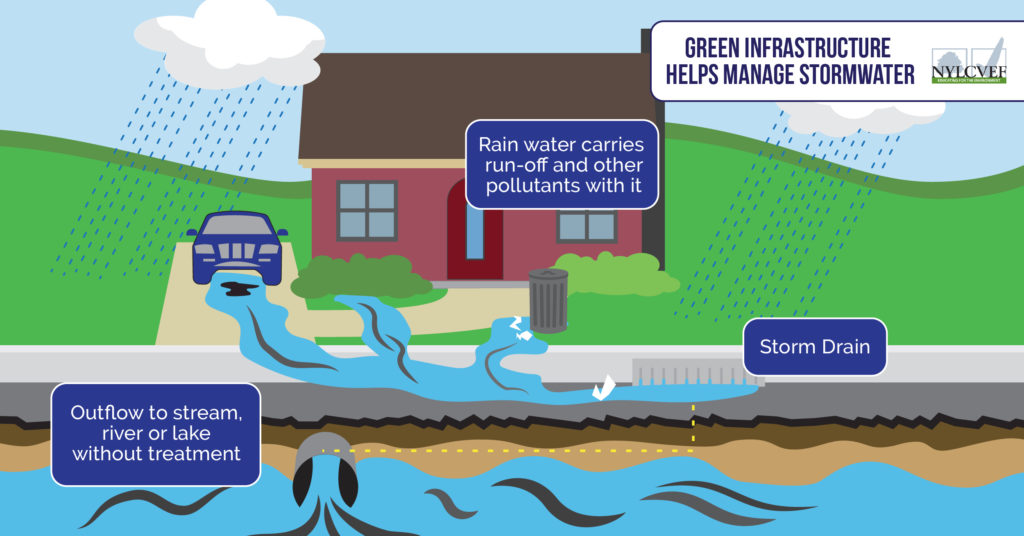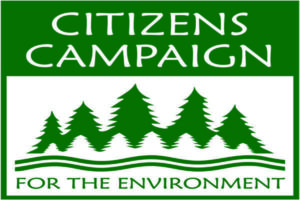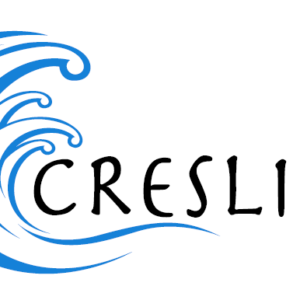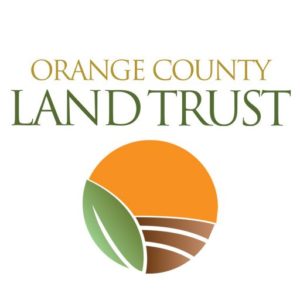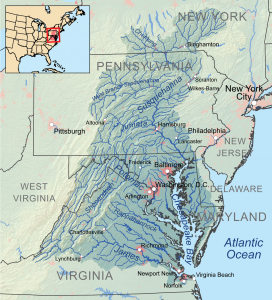
Civic Engagement
Through our civic engagement campaigns and programs, the NYLCV Education Fund seeks to empower citizens to be effective advocates for the environment. These programs target discrete communities across New York State and utilize a variety of outreach strategies to encourage citizens to learn about and take action on local conservation issues. During elections, these campaigns provide education about candidates and issues and encourage environmentalists to vote.

NYLCVEF is proud to be an official charity partner with New York Road Runners for the TCS New York City Marathon this year!
The NYC Marathon is a 26.2-mile journey through all five of New York City’s boroughs: Staten Island, Brooklyn, Queens, the Bronx, and the iconic Central Park in Manhattan. By joining
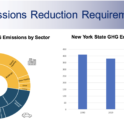
On Wednesday, May 18th, NYLCVEF and our partner, Sustainable Westchester held a virtual Lunch and Learn focused on the Scoping Plan for New York’s Climate Leadership and Community Protection Act (CLCPA). The CLCPA is among the most ambitious climate laws in the world and re
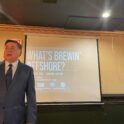
On Thursday, April 21st at The BrickHouse Brewery in Patchouge, NYLCVEF held a happy hour as a part of our What’s Brewin’ Offshore Happy Hour series.
Our What’s Brewin’ Offshore program is a series of happy hour

Each year, NYLCVEF works with local partners to hold nonpartisan candidate forums in and outside of our chapter areas. These forums connect voters to elected officials and candidates for office in federal, state and local races and give voters the chance to hear candidates speak directly about their position on en
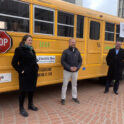
On Wednesday, March 2nd, NYLCV held a ride and drive event for New York State Legislators with some electric school bus manufacturers. Electric school buses from Blue Bird, Lion Electric Company, and a retrofitted diesel to electric school bus done by Unique Electric Solutions and operated by Logan Bus Company, al
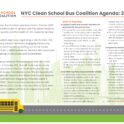
Last year the NYC Clean School Bus Coalition stayed busy on the advocacy front, accomplishing their biggest goal when Intro-455A passed in the fall. Now, with a citywide mandate for all school buses to be electric by 203
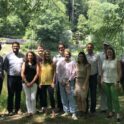
We recently hosted a “Day on the Delaware” event with the Alliance for the Upper Delaware River Watershed, Friends of the Upper Delaware River, and the Coalition for the Delaware River Watershed. The goal of the event was to connect elected officials, partners, and other stakeholders to each other and the rive
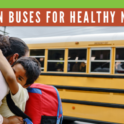
NYC Clean School Bus Coalition
We formed a new coalition in October 2020 to fight for zero-emission school buses in New York City, and to ensure that Mayor de Blasio's commitment to electrification is upheld. Read the
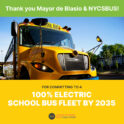
In October of 2020, the NYC Clean School Bus Coalition officially launched, vowing to fight for the electrification of all NYC school buses.
At the launch, the coalition released its 2020–2021 Agenda, w

Japanese Knotweed is present everywhere along the Upper Delaware River and its tributaries. Left unmanaged it continues to spread along the river and everywhere it can find suitable conditions all the while crowding out native riparian vegetation leading to habitat loss, soil erosion, and bank destabilization.
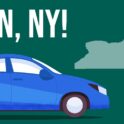
We are committed to educating, engaging, and empowering New Yorkers to be effective advocates for the environment. One of our top priorities is reducing greenhouse gas emissions from the transportation sector, New York’s largest source of emissions. Given that there are nearly 11.5 million vehicles registered in

Improving Long Island’s Water Quality at Home
Nitrogen pollution is the biggest water quality issue on Long Island for both surface and groundwater. Nitrogen comes from wastewater, fertilizer, and stormwater runoff. Not only does it leach into groundwater and can cont
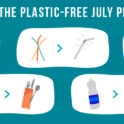
Plastic waste is overwhelming our natural spaces, especially our waterways. It is estimated that by mid-century, plastic will outweigh the sea life in our oceans. Plastic does not biodegrade– it breaks down into tiny particles called microplastics. Marine life ingests microplastics and these particles move through the food chain. In fact, you
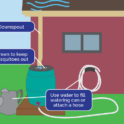
Green infrastructure, like permeable pavement, rain gardens, bioswales, downspout planters, green roofs, and rain barrels, is crucial to help protect our waterways. Because of these benefits, more and more communities are using green infrastructure to manage rain runoff and snowmelt.
To celebrate the 50th anniversary of Earth Day, the New York League of Conservation Voters Education Fund (NYLCVEF) launched its New York City Climate Action Tracker. This digital tool wi
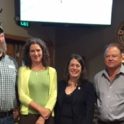
Together with our Delaware River Watershed partners, we recently held a Meet & Greet featuring State Senator Jen Metzger in Roscoe, NY.
Area community members heard from Senator Metzger about water and land conservation iss
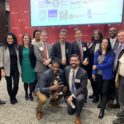
On Tuesday, NYLCVEF hosted an environmental forum for the New York City Public Advocate special election. Moderated by Politico New York’s Gloria Pazm

Children’s products sold in the United States are presumed to be safe by parents but recent studies have proven otherwise. Since 2014, NYLCVEF has worked with its partners to raise awareness about the issue throughout the state and encourage action by state and local governments.
In 2014 and 2015, we conducted tests in stores throughou

Since 2011, NYLCVEF has served as a technical partner to the East Hampton Environmental Coalition (EHEC) assisting with the production of a common agenda, a candidate questionnaire and environmental issues forum for candidates running for East Hampton Town Board.
In 2017, NYLCVEF was proud to partner with the following local o
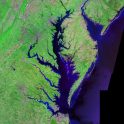
The Chesapeake Bay Watershed is 64,000 square miles and encompasses parts of six states and the District of Columbia. Pollution from agriculture, stormwater runoff, and wastewater treatment plants has threatened water quality in the region. The Choose Clean Water Coalition was formed as a coalition of
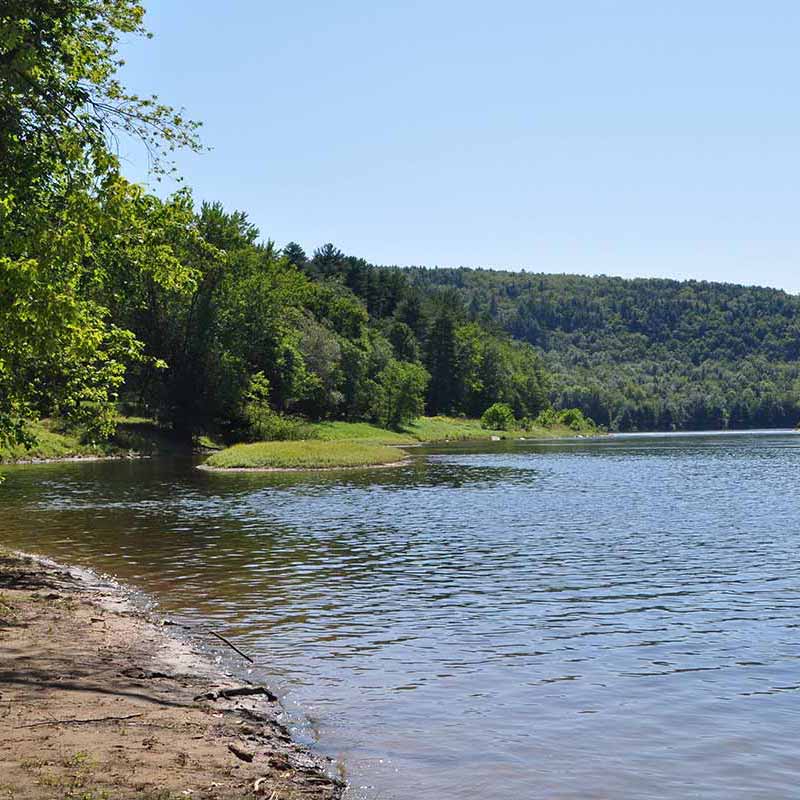
Amidst concerning news about water quality throughout New York and across the United States, the federal government has passed legislation that will have significant ramifications for one of New York’s most important natural resources: the Delaware River Watershed. The legislation, known as the Delaware River Basin Conservation Act, will provi
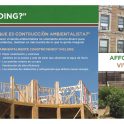
In December 2014 and early 2015, NYLCVEF partnered with the Community League of the Heights (CLOTH), a community development corporation in Washington Heights, on a petition to Mayor de Blasio asking him to include green building in his plans for affordable housing and decreasing carbon emissions.
Residents of Washington Heights don’t

Pollution is a major concern for Long Island Sound – a fact that is made painfully clear every summer.
Lots of people want to enjoy the nice weather by spending time at the beach, but no one wants to hear their beach is closed because there are bacteria from raw sewage swimming in t
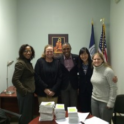
At the Bronx District 15 City Council Candidate Forum on Sustainability last July, it was clear that access to healthy and nutritious food was a key concern for not only the 60 people who turned out to the forum, but also to local leaders and advocates who ha
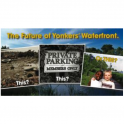
In the fall of 2012, Yonkers will be electing a mayor and new City Council, and the winning candidates will play a key role in the future of Yonkers' waterfront. NYLCVEF has joined forces with Scenic Hudson and Riverkeeper to educate Yonkers voters
From the Citizen’s Toolkit
THANK YOU TO OUR PLATINUM CORPORATE PARTNERS
Website by Trillion.
© 2017 New York League of Conservation Voters Education Fund. All rights reserved.


